Background: I have a small soldered joint on a 500 VDC (0.1 A) lead that's exposed to air. The edges of the joint are fairly ridged and have a few significant edges. In the higher voltage range (40 kV) these edges can potentially cause a loss in current due to the ionization of air. Unfortunately, the joint is at a point that I cannot cover with liquid electrical tape or transformer oil.
Question: Will the current drop due to this exposed joint (the exposed lead and joint measure 2 cm) be significant? How much of a current drop should I expect due to the ionization of air, if any?
EDIT: Here are the picture of the exposed sections. Please note that only the white cable has the 500 VDC, others are just ground or 12 VDC inputs.
The two sections that are exposed to air are the connection to the board and the end section (the part covered in solder). I used a gold US dollar for reference.


